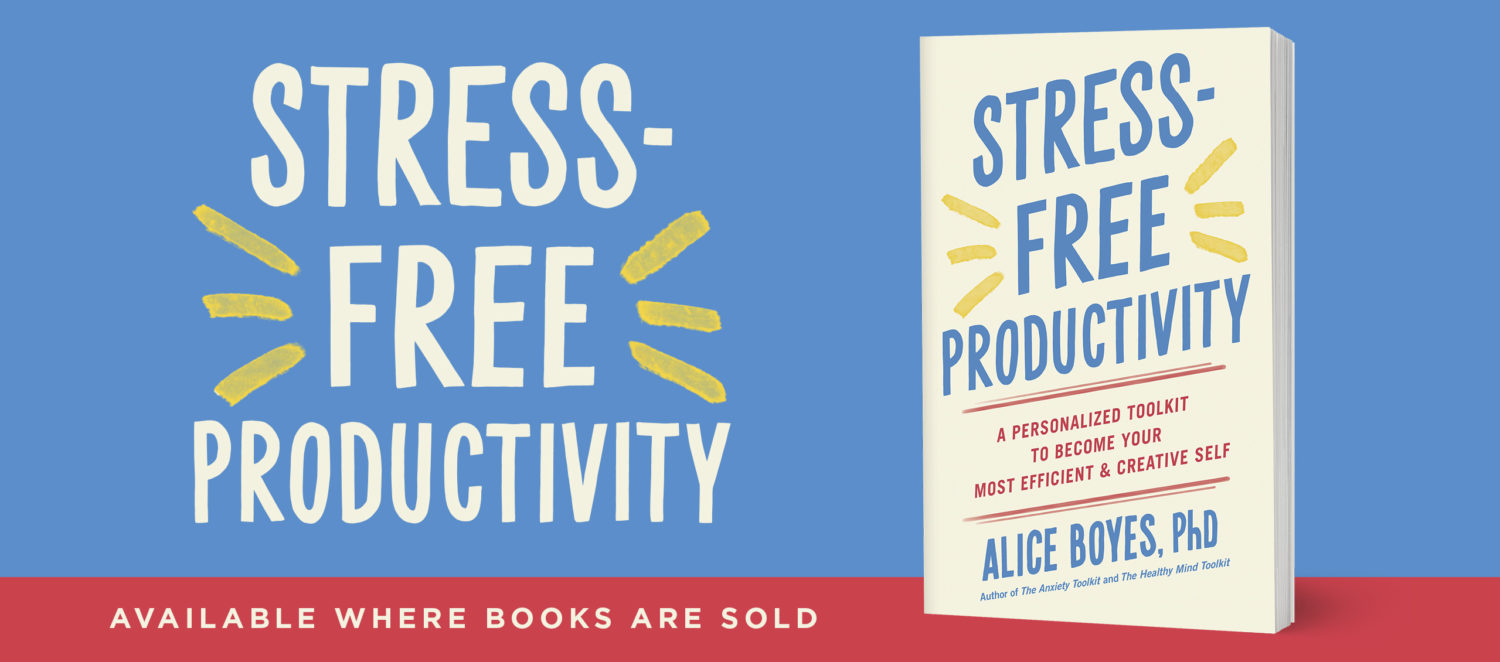How to Develop More Self Confidence / Comfort (& Which Therapy Techniques Give the "Best Bangs for Your Effort Bucks")
This article contains a very basic version of the instructions for a Cognitive Behavioural Therapy (CBT) technique called “Situation Exposure”
I’m going to use an example of how I used this in my own life last week (Additional examples included at the end). The reason for offering my example is to show that these techniques aren’t just useful for “disorders” – anyone can use them.
My Goal: Becoming More Comfortable with Sleeping in a Tent
What I Did (I’ve already briefly mentioned doing this on Facebook):
Step 1: Got all the tent parts out of the stuff sack and set up the tent on the lawn with help.
Step 2: Set up the tent on the lawn on my own x 2 (one day and then the next day).
Step 3: Set up the tent in the lounge and slept in it for 3 nights.
Step 4: Slept in the tent in the garden.
How it Works
I repeated each step until doing that action no longer triggered more than 2/3 out of 10 anxiety/uncomfortableness, and then moved on to the next step. Repeating a small behavior until it no longer triggers significant anxiety is called “habituation.” What’s great about this procedure is that it doesn’t involve becoming overwhelmed.
Results: I’m now far more comfortable about tenting than I’d be if I’d just gone out and tried sleeping at a camp ground or in the woods.
Thought change:
Before = “I don’t think I’ll be able to get a good night’s sleep in the tent” or “I think I’ll be scared by noises”
After = I did get a good night’s sleep and I wasn’t scared of bumps in the night.
Why parents tend to be good at this
The skill involved in this technique is in breaking something down into small enough chunks.
Parents can often do this for their kids but don’t think about doing it themselves. For example, if a child is having a hard time with multiplication tables, parents don’t say “Don’t worry about multiplication.” They say – “Let’s break this down into easier bits and practice the first bit. Let’s not worry about the hard bits until we’ve done the first bit”. (Parents also typically recognize that harsh criticism isn’t likely to help their child make progress, but might use harsh criticism or self flagellation to try to motivate themselves. If that was going to work for you, it would’ve worked already).
How Therapy Clients Use This
This technique is very flexible.
All of the following examples are things that more than one client has decided to include in their situation exposure plans.
– Sending coffee back and asking for it to be hotter.
– Potentially mildly annoying someone e.g., asking for 200g of ham at the deli and then changing mind and asking for only 100g when the person has already started weighing out 200g.
– Making a phone call without rehearsing.
– Doing a task without double or triple checking.
– Asking a question when the answer might be No.
– Asking for something special e.g., the McChicken Sauce on a Big Mac.
– Asking a question in class.
– Doing something less than perfectly (e.g., leaving a typo in a doc)
– Someone with an eating disorder practicing eating forbidden food (e.g., eating 7 grapes if their rule is 6 grapes)
Several of these are designed to show the person that even if something negative happens, they’re able to cope with it. Actually HAVING the experience of that tends to be more helpful for starting to believe it vs. just talking about it.
Which Therapy Techniques Give the “Best Bangs for Your Effort Bucks”
As a VERY general rule of thumb (with exceptions), research has shown that therapies that include exposure techniques work and therapies that don’t include exposure techniques don’t work as well.
This example is of “Situation Exposure” but there are other types such as “Interoceptive Exposure” and “Imagery Exposure.” Sometimes exposure is also called “Behavioural Experiments.” Usually more than one type of exposure is used in therapy.
Exposure techniques work because they impact the big four of: Behaviour, Thoughts, Emotions, and Physical Responses (such as physical spikes of anxiety in response to triggers).
Research has shown that these techniques tend to be more effect in changing thoughts than writing or talking about thoughts.
If you’d like help coming up with a situation exposure plan, you can just give someone a call and let them know that’s what you’d like. Most CBT-trained clinical psychology PhDs should be able to easily help with this as it’s a core technique.



